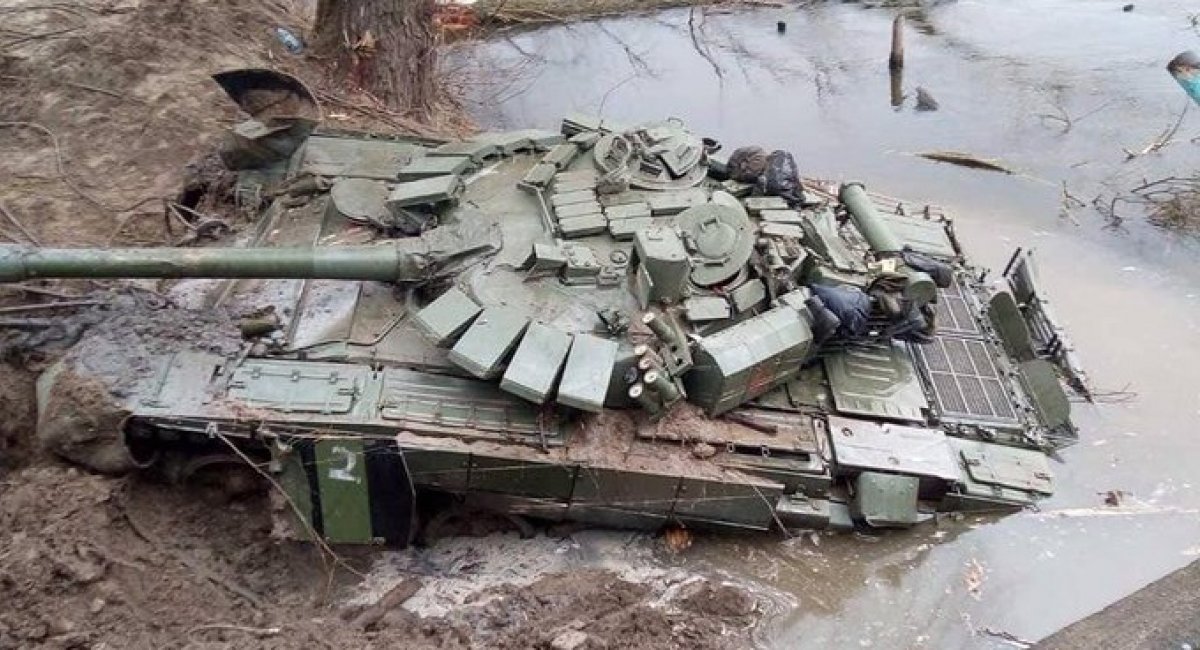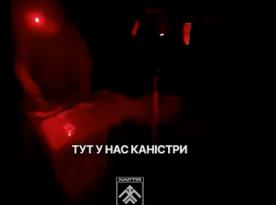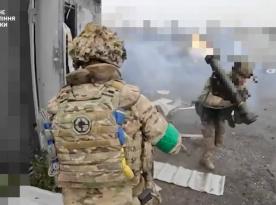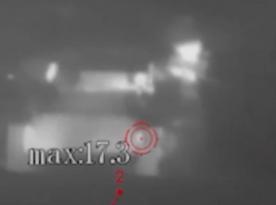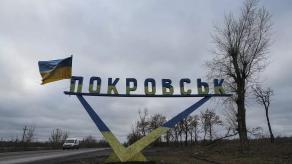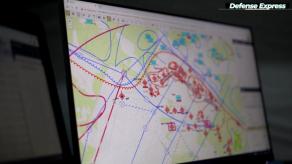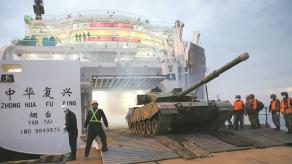Demydiv is a village approximately 35 km from the center of Kyiv. It was flooded when Ukrainian troops opened a nearby dam and sent water from the Irpin river surging into the countryside.
A report from The New York Times explains how the tactics of "scorched earth" have helped to create troubles for Russian army and save Ukraine's capital Kyiv. Since the war’s early days, Ukraine has been swift and effective in wreaking havoc on its own territory, often by destroying infrastructure, as a way to foil a Russian army with superior numbers and weaponry, the media writes.
Read more: A Mere 80 Ukrainian Soldiers Managed to Hold Back Thousands of Russian Troops Attempting to Cross Irpin River to Enter Kyiv
In particular, Demydiv village was flooded on February 26, after Russian occupiers blew up the dam that was built on the joint of two rivers – Irpin and Dnipro. But The New York Times claims the dam was opened even earlier in a tactical move that prevented russian advance: "The Ukrainians flooded the village intentionally, along with a vast expanse of fields and bogs around it, creating a quagmire that thwarted a Russian tank assault on Kyiv and bought the army precious time to prepare defenses."
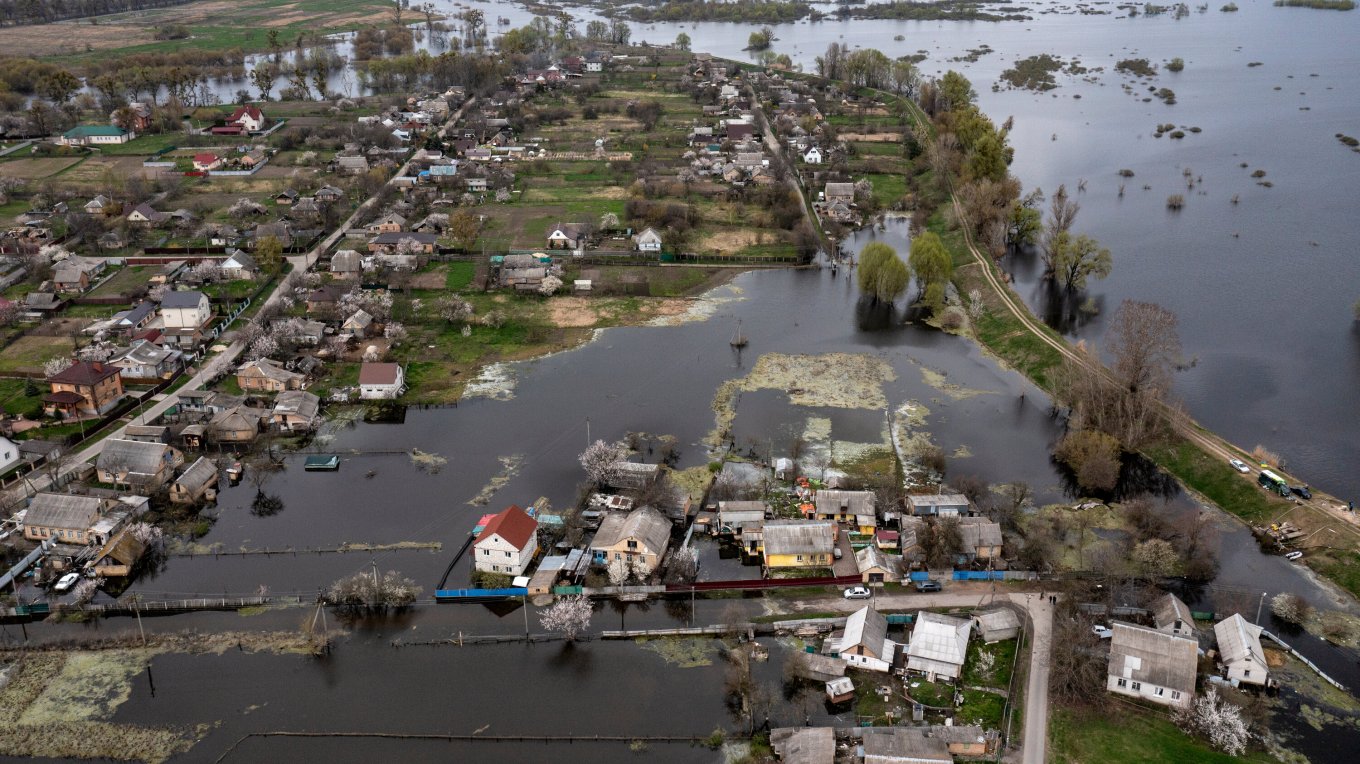
The move was particularly effective, said the edition citing Ukrainian officials and soldiers. It created a sprawling, shallow lake in front of the Russian armored columns. Later, Russian shelling damaged the dam, complicating efforts now to drain the area.
The flooding played an important role during the fighting in March when the invaders were desperate to surround Kyiv. The northern approach to Kyiv was practically blocked for heavy armor. On April 18, local media said the village was on the brink of submergence since the water level had reached the maximum allowable level due to the destroyed dam.
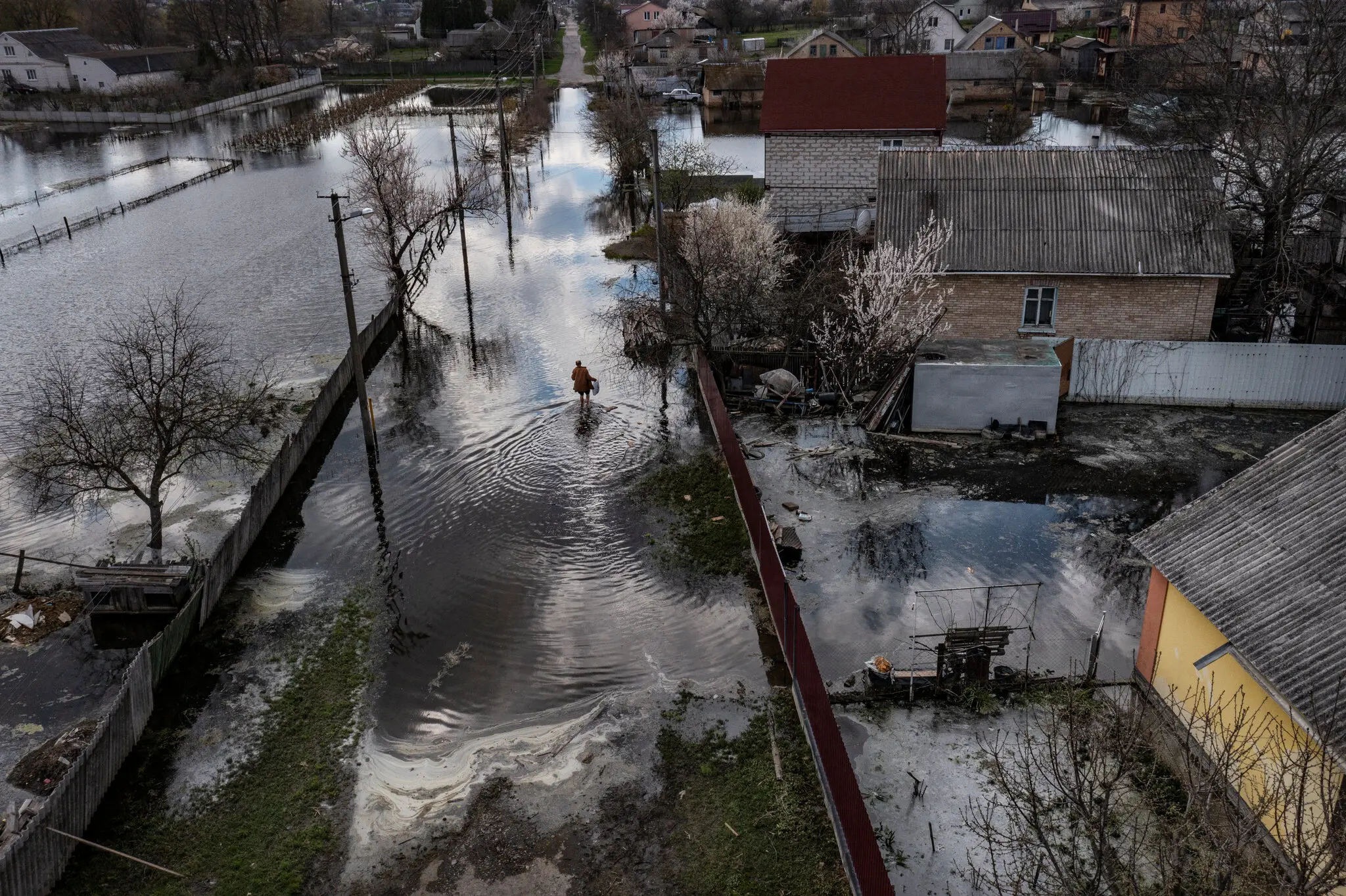
Back to the military perspective, the flood also limited potential crossing points over the river of Irpin. In the end, Russian forces tried unsuccessfully a half-dozen times to cross that river, using a pontoon bridge and driving across a marshy area, all in unfavorable locations and under Ukrainian artillery fire.
Meanwhile, to the other sides from the capital, Ukrainians applied other tactics, blowing up bridges and forcing Russian troops to create pontoon river crossings around them. The Ukrainian military also bombed roads and disabled rail lines and airports all around Ukraine without hesitation. The goal was to slow Russian advances, channel enemy troops into traps and force tank columns onto less favorable terrain.
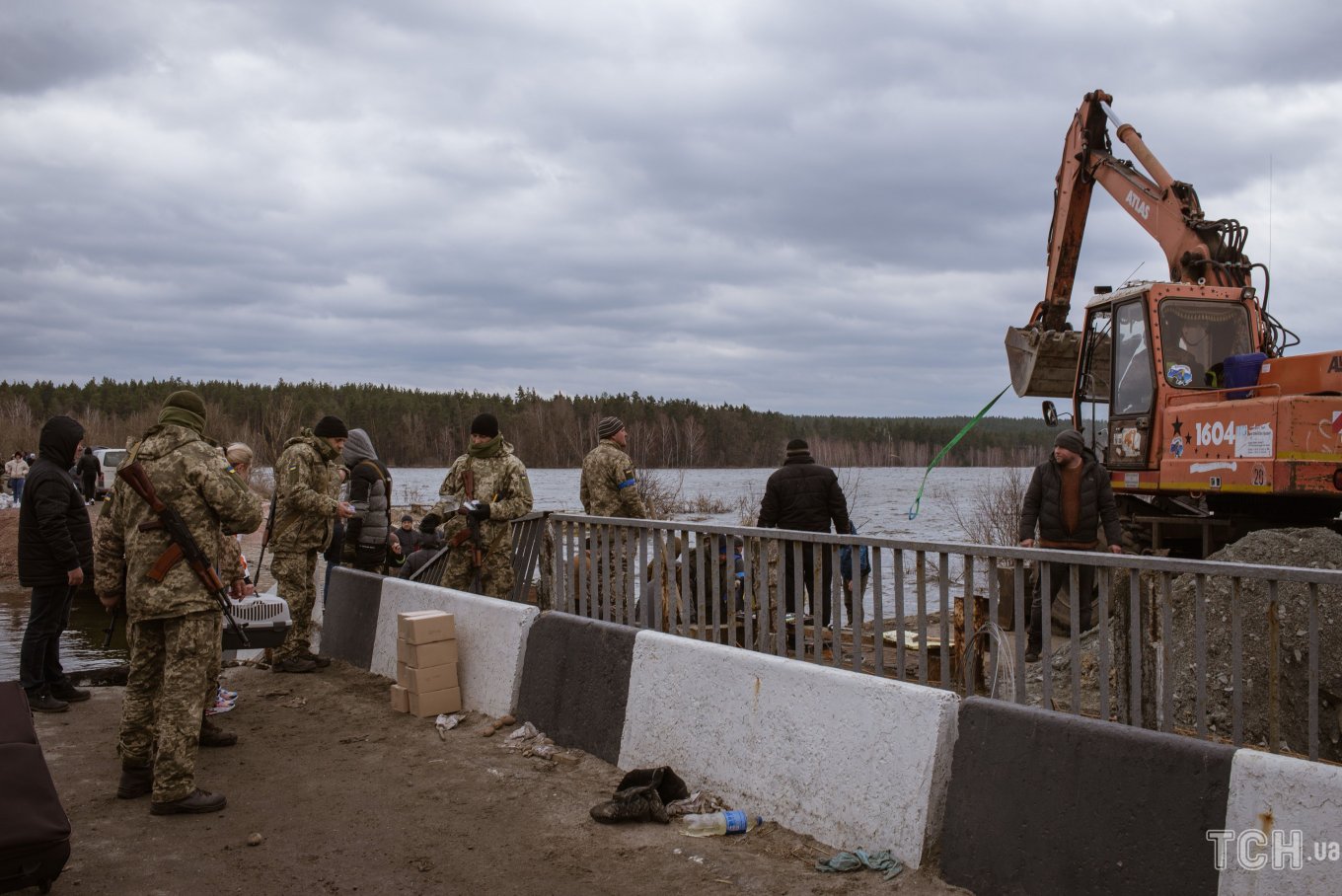
Even when Russians were on retreat, the flooding of Demydiv created troubles for them. The high waters created an effective barrier to tanks and forced the occupiers into ambushes, and made them take fights in cramped urban settings which eventually led to the settlement being liberated along with many other cities, announced on April 1.
"The Ukrainians are clearly being very creative in trying to make life very difficult for the Russians,” Rob Lee, a senior fellow at the Foreign Policy Research Institute told NYT. “It makes sense to slow down any rapid offensive."
So far, more than 300 bridges have been destroyed across Ukraine, said Oleksandr Kubrakov, Minister of Infrastructure of Ukraine. According to the Ukrainian government, the estimated total damage to transportation infrastructure after two months of war is about $85 billion.
Yet, it is the price Ukraine is willing to take to stop the Russian invasion.
"Everybody understands and nobody regrets it for a moment," said Antonina Kostuchenko who lives in Demydiv. "We saved Kyiv!"
Based on reporting by The New York Times
Read more: Day 64th of War Between Ukraine and Russian Federation (Live Updates)




